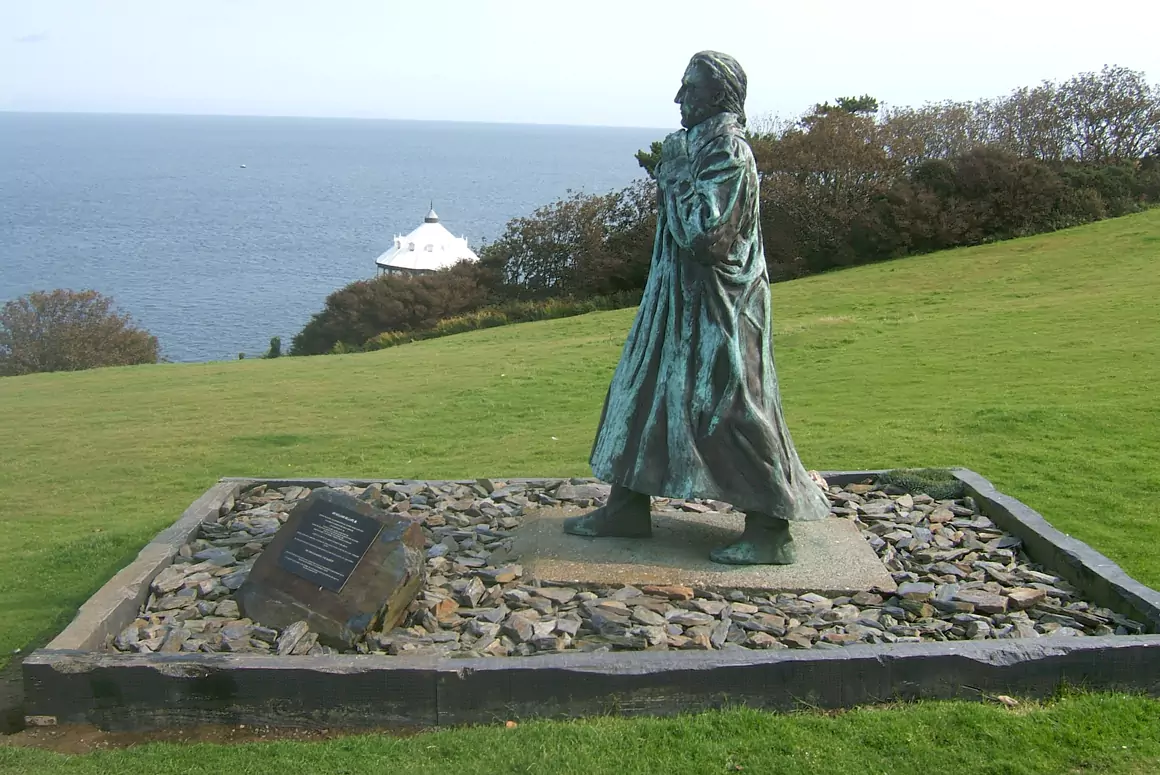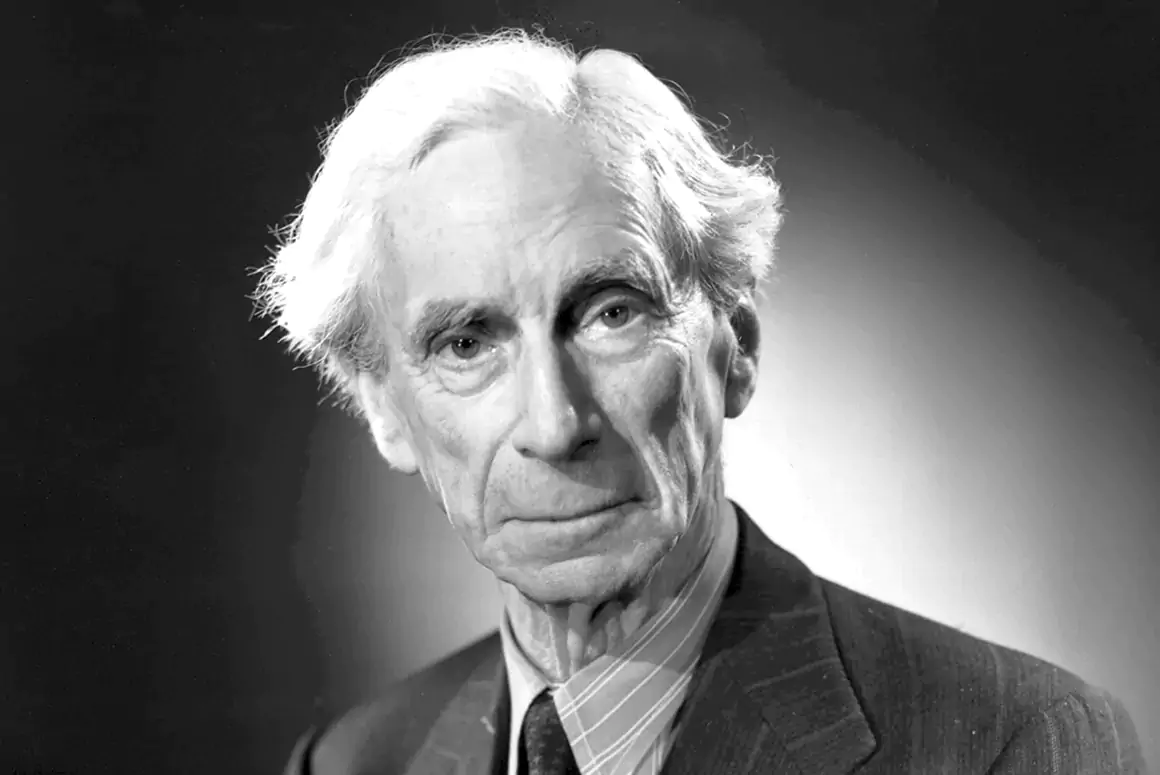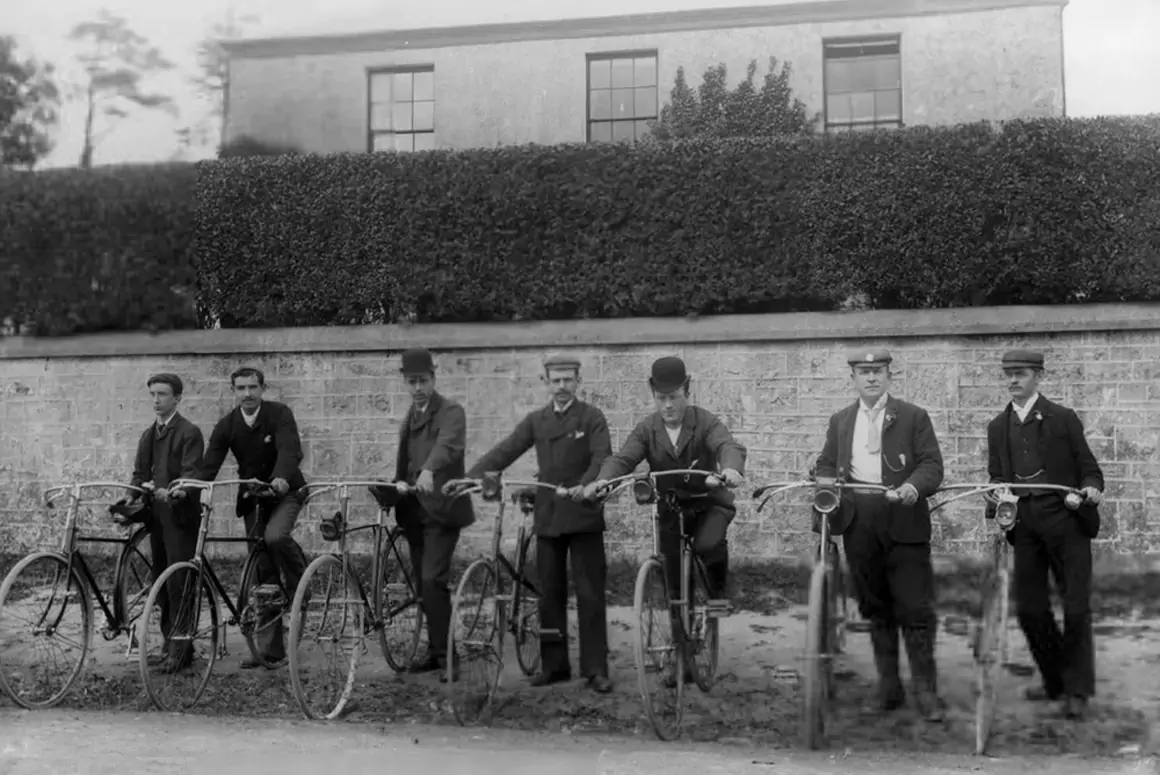![]()

Swoosh. He would have counted himself lucky he was executed by the axe and not that torturous, laboured execution that awaited some traitors, the hanging, drawing and quartering Henry VIII sometimes reserved for those he’d taken a dislike to. On 17th May 1521, Edward Stafford, the 3rd Duke of Buckingham, had his head lopped off on Tower Hill in London. He was 43.
Edward was born at Brecon Castle on 3rd February 1478. He wouldn’t remember much about his Dad for Edward’s family had ‘previous’. His father, Henry Stafford, the 2nd Duke, also had a close encounter with an axe, as he’d rebelled early in the reign of the last Yorkist king, Richard III, and had knelt and heard the blade’s ‘swoosh’ on 2nd November 1483. His young son was five at the time.
Edward’s mother was Catherine (or Katherine) Woodville, sister of Elizabeth Woodville, the ‘White Queen’ of authoress Philippa Gregory’s series of historical novels, ‘The Cousins’ War’, and the TV series ‘The White Queen’ (2013). Elizabeth Woodville married the Yorkist king, Edward IV, in 1464, and gave birth to another Elizabeth, ‘Elizabeth of York’, who’d marry Henry Tudor and beget the future Henry VIII, as well as the two boys (Edward and Richard) fated to be ‘The Princes in the Tower’, who’d disappear in the summer of 1483, not long before Henry Stafford’s rebellion.
Edward Stafford was therefore close to the throne. Being the son of Catherine Woodville meant he was a nephew of Edward IV and Elizabeth Woodville. Furthermore, once the Tudor dynasty got established, he’d be ‘first cousin once removed’ to Henry VIII himself. Don’t ask me what that means, but it says he was of the royal blood (Edward Stafford certainly thought so). His father was executed for plotting against an anointed monarch, and Henry VIII was quick on the draw where the blade was concerned. Stafford would have to tread carefully if he wanted to avoid his Dad’s fate.
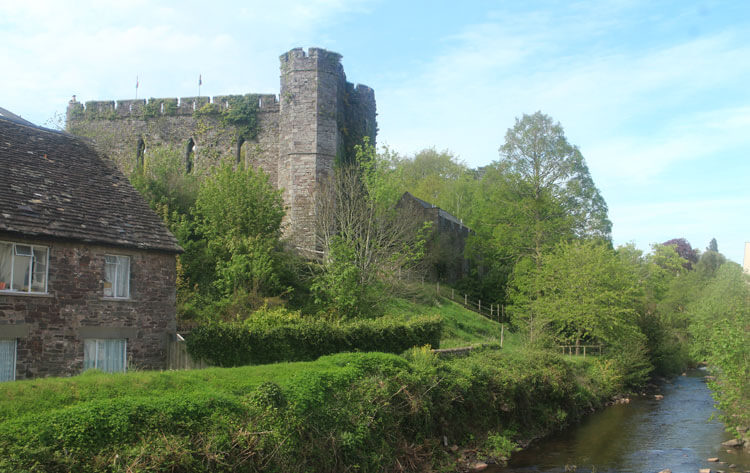
That birthplace of Brecon Castle (sometimes ‘Brecknock’) was a suitably imposing setting to greet the baby who’d grow to mix with royals and nobles. It stands lofty over a crossing of the Usk and dates back to the reign of the Conqueror’s son, William II (Rufus), having been thrown up in 1090. Besieged by Llewellyn the Great, the castle was clearly formidable. It was later occupied by Henry IV (Bolingbroke), the first Lancastrian king, then along came Edward’s father, Henry Stafford, undone by a half-baked rebellion and heavy rain that saw the Severn burst its banks leaving his force bedraggled and hopes submerged. Brecon acted as a harbinger of doom for those with eyes on the crown: Charles I would also come to Brecon after his defeat at the Battle of Naseby in June 1645.
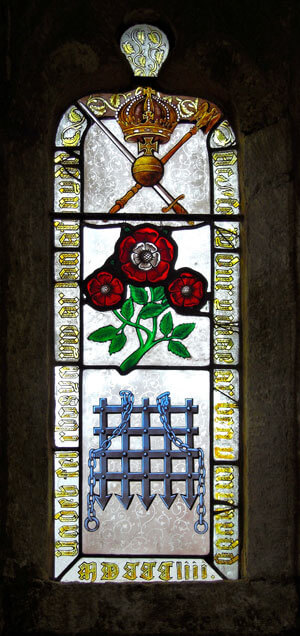
After the execution of Edward’s father in 1483, his mother wed one Jasper Tudor (7th November 1485), the brother of Edmund Tudor, father to the first Tudor monarch, Henry VII. This meant seven year old Edward was tied in to the new Tudor dynasty, his mother an aunt by marriage to the new king. The Tudors, of course, had Welsh roots, their antecedents being the North Walian Tudors of Penmynydd (Anglesey). All seemed set fair. Stafford, born in Wales, closely linked to the new ruling house, which also boasted of its Welshness. What could possibly go wrong?
Having been briefly tainted by his father’s rebellion during the short, fractious reign of Richard III, Stafford was now rehabilitated. Edward attended Henry Tudor’s coronation, and had the forfeit Buckingham lands and honours returned to him. For Henry Tudor meanwhile, securing his fledgling dynasty depended on producing sons. There’d be Arthur (1486-1502) who’d predecease his father and Henry (1491-1547), the future Henry VIII. Stafford got himself hitched in 1490, marrying Eleanor Percy, a member of the famous Percy clan, Earls of Northumberland et al. They’d have a son and three daughters although the Duke is also alleged to have sired a trio of illegitimate sprogs. Stafford was present at court when the young, three year old Henry became Duke of York on 9th November 1494. Buckingham was by now 16 and every bit a man. Three years later (September 1497) he was a captain in the royal army sent to quell a Cornish rebellion.
Buckingham cut an impressive figure around the court. When the heir to the throne, Prince Arthur, married Catherine of Aragon in 1501, Stafford is said to have worn a gown worth £1,500, which I assume was £1,500 in Tudor wonga and therefore an eye-watering amount. When Henry VIII acceded, Buckingham was prominent at the coronation: Lord High Steward and bearer of the crown. He was quickly made a member of the Privy Council, so counted among the King’s intimates. Friction was already evident though. When Stafford’s sister, Anne, caught the monarch’s roving eye, the Duke made his unhappiness plain, prompting a hissy-fit from Henry (or ‘bawling out’ in Tudor parlance). Henry had a long memory and bore a grudge with tenacity.
Nevertheless, when Henry processed to the opening of Parliament in 1512, it was Buckingham out front bearing the Sword of State. In 1513, Buckingham was a captain during Henry’s French invasion, then attended the showy ‘Field of the Cloth of Gold’ in 1520 when the King met his French counterpart amidst ridiculous amounts of splendour. Not everything was hunky-dory though. Edward, with his Welsh connections, was charged with keeping order along the border, the Marches, which he didn’t always do. In fact, he got a ticking off from Henry in 1518.

Mean, malevolent, piggy-eyed Henry had a bit of Stalin about him, always casting his gaze around for potential traitors. The Tudors got the throne by wresting it from the Yorkists (Plantagenets) on a battlefield. The Tudor claim was never that strong. Henry VIII feared he might also be overthrown. There were still folk about with Plantagenet blood, one of whom was Buckingham. Henry’s suspicion grew as Buckingham was very much of the old, noble blood, descended from King Edward III, and a possible successor to the crown himself. The Tudors, by contrast, were relatively new kids on the block with blood more like dishwater. Henry VIII was insecure too as he still lacked the son he craved (the future Edward VI not being born until 1537).

It was during 1520 that Buckingham’s wheels began to drop off. The ‘T word’ was whispered (Treason) and Henry seemed only too pleased to sanction an investigation into the Duke’s activities, which apparently included being a mouthpiece for discontented, excluded nobles. The King personally involved himself in the case, which saw Buckingham summarily ordered to court (April 1521), arrested and plonked in the Tower. The charges appear far-fetched, trumped-up even, as he was accused of listening to prophecies of the King’s death (anyone who spoke of the King’s death was looking at a shortened life). There were even allegations he might have been plotting to kill the King. ‘Justice’ came swift, Buckingham having his head chopped off on 17th May 1521. Apparently it took three strokes. He was aged 43. Opinions differed as to the veracity of the charges with some concluding (perhaps the wisest course of action) that he was guilty as sin, whilst others mumbled (not too loudly presumably) that the charges were just so much hearsay.
Buckingham’s denouement has featured in drama, including Shakespeare’s ‘Henry VIII’ and TV series ‘The Tudors’ when Steven Waddington portrayed the Duke, heading for the early bath in season one.
Words: Stephen Roberts
Chronology:
1478 – Birth of Edward Stafford at Brecon Castle (3rd February).
1483 – Execution of Edward’s father, Henry Stafford, the 2nd Duke (2nd November), aged 28.
1485 – Richard III killed at the Battle of Bosworth. Henry Tudor becomes the first Tudor king.
1490 – Married Eleanor Percy (14th December) aged 12.
1491 – Birth of Prince Henry, the future Henry VIII.
1509 – Accession of Henry VIII upon the death of his father.
1521 – Execution of Edward Stafford on Tower Hill (17th May), aged 43.
1530 – Death of Eleanor Percy, the widow of Edward Stafford.
Images:
(1) Edward Stafford, 3rd Duke of Buckingham, 1520 (artist – unknown, collection – Magdalen College, Cambridge, source – scanned from ‘Henry VIII and the Art of Majesty: Tapestries at the Tudor Court’, T.P. Campbell, 2007).
(2) Brecon Castle, the birthplace of Edward Stafford – the remains of the Great Hall (author – ‘WelshDave’).
(3) Stained glass Tudor Rose Window at St Gredifael’s Church, Penmynydd, North Wales. The Tudor Rose, depicted here, was an amalgam of Yorkist white and Lancastrian red, and symbolised the uniting of the two royal houses through the marriage of Henry Tudor and Elizabeth of York (author – ‘Llywelyn2000’).
(4) Henry VIII on his way to open Parliament, 4th February 1512. Edward Stafford walks in front bearing the Sword of State (author – unknown, source – www.trinitycollegelibrarycambridge.wordpress.com).
(5) Henry VIII, c.1520, with the Holy Roman Emperor Charles V and Pope Leo X. This was about the time that Edward Stafford came under suspicion (author – anonymous, source – Historia, November 2010).



